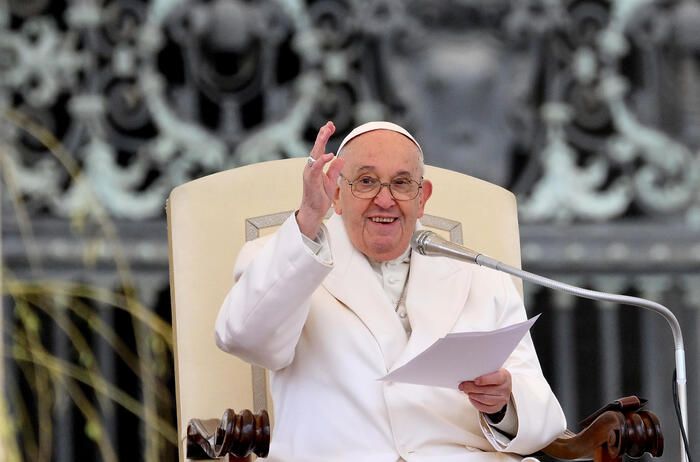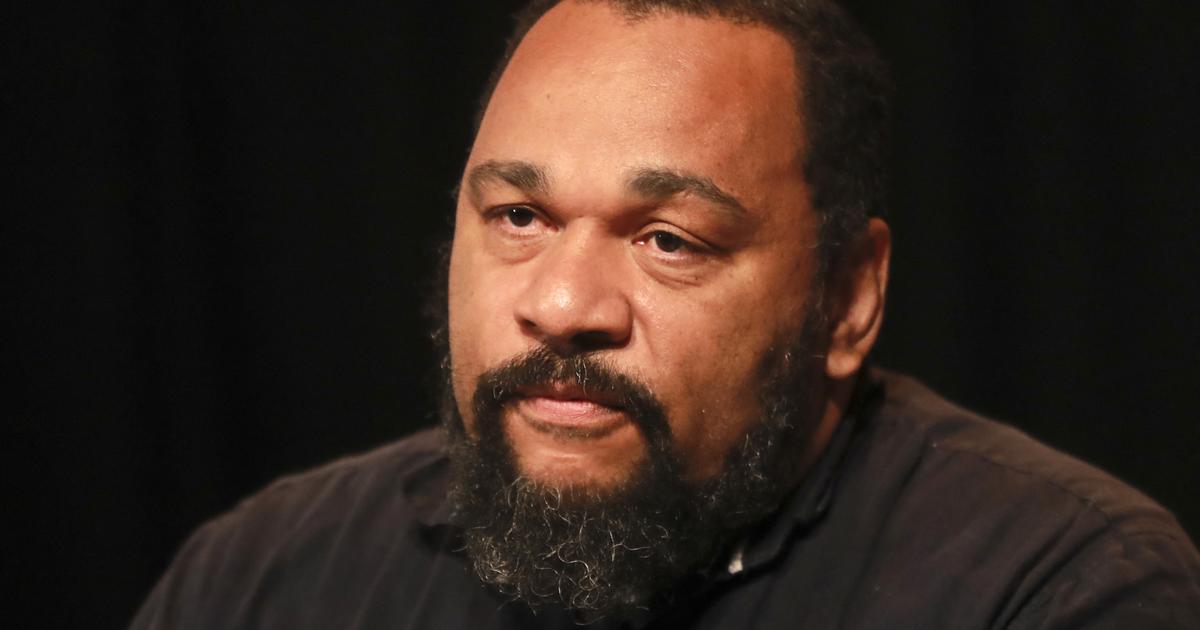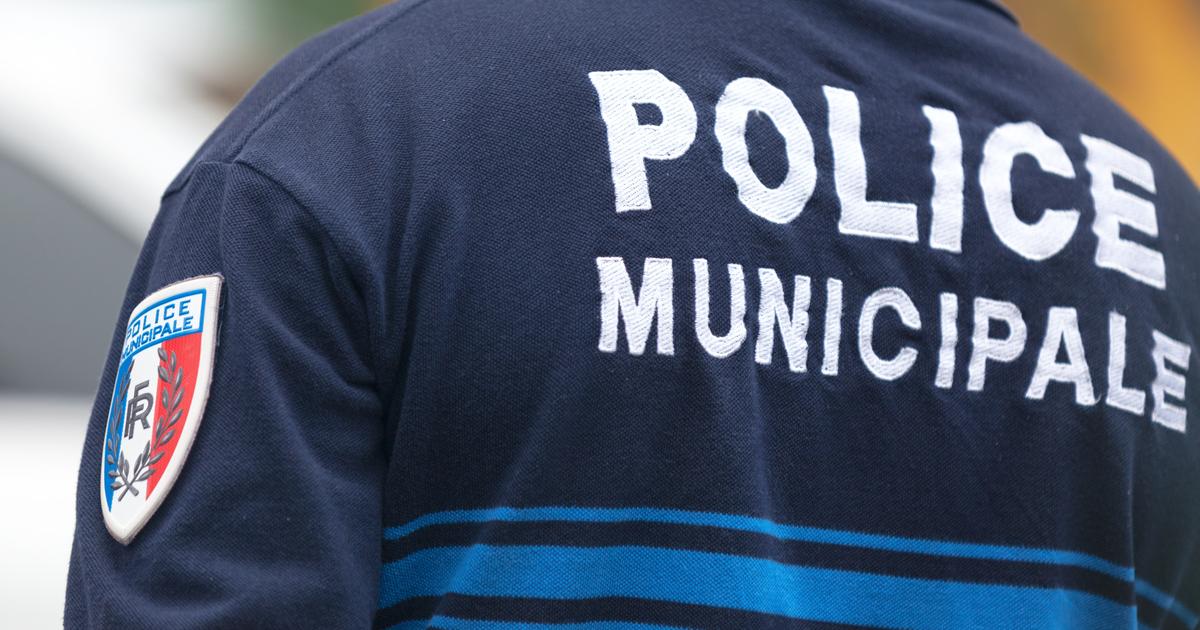Guinea: History, Politics, Population, and Geography
Created: 12/19/2021, 4:44 PM
The flag of Guinea on a boat in front of Conakry © Michael Runkel / robertharding / IMAGO
Not far north of the equator in West Africa is the small country of Guinea.
The varied geography, the hot, humid climate and unreliable politics make it difficult for the population to lead the country into a stable, socially secure future.
Most of the residents are extremely poor, medical care is poor and the situation is unsafe.
Guinea is considered to be the most corrupt country in Africa.
Conakry - Guinea's capital, Conakry, was the scene of bloody attacks on the civilian population as recently as this century.
The military government was regularly criticized from abroad for its repeated violations of human rights.
Guinea: Small state in western Africa
On the Atlantic coast in western Africa lies a collection of small states that Europe almost ignores.
They appear in the news especially when a famine, an Ebola outbreak or bloody attacks by the military government on demonstrators draw attention to the region.
Guinea has six direct neighbors:
Guinea-Bissau in the northeast
Senegal in the north
Mali in the northwest
Ivory Coast in the southwest
Liberia in the south
Sierra Leone in the southeast
In the past there have been repeated streams of refugees from neighboring countries to Guinea.
The country depends on help from the UN to take care of the hungry people.
Guinea: geography, vegetation, and wildlife of the state
With a total area of around 245,000 square kilometers, Guinea covers around two thirds of the area of Germany.
It is only slightly north of the equator and therefore has a tropical climate with rainy seasons and dry periods.
The capital Conakry is on the Atlantic coast.
From the coast in the east to the national border in the west, the geography of Guinea changes very significantly.
The country can be divided into four zones.
Lower Guinea: flat coastal region with an often humid and hot climate and heavy rainfall in the rainy seasons
Central Guinea: mountainous country with the Fouta Djallon plateau and peaks with a height of up to 1,537 meters
Upper Guinea: Flat land between the hill ranges of Central Guinea and the mountain ranges in the southeast
Forest Guinea: mountainous, densely forested landscape in the east and southeast with Mont Nimba
The Mont Nimba lies on the border between Guinea and the Ivory Coast.
At 1,752 meters, it is the highest mountain in both countries.
The nature reserve around Mont Nimba has been a UNESCO World Heritage Site for around 20 years.
With average temperatures between 22 and 32 ° C and a humidity of up to 98 percent, the climate in Guinea is very humid and hot.
It promotes plant growth and thus contributes to the rich flora and fauna in Guinea.
Vegetation and wildlife in Guinea
Mangroves dominate the vegetation directly on the coast.
The coastal lowlands are covered by a forest-savanna mosaic.
The highlands in central Guinea are drier.
Individual large trees such as the baobab or teak trees provide shade.
The savannahs in the north-east of the country are just as dry, while in the south-east a dense rainforest covers the mountain slopes thanks to heavier rainfall.
Guinea is considered to be very species-rich and, in addition to some endemic species such as the Nimba mountain reed frog, is also home to many well-known or conspicuous animal species:
different species of baboons
Vervet monkeys
Chimpanzees (rare)
Warthogs and brush-ear pigs
Servals and leopards
Wild cats and civets
Cape buffalo and hyrax
Hippos and elephants in protected areas
The West African crocodile lives in the rivers and in the mangrove forests off the coast of Guinea.
There are also humpback whales and porpoises further out in the ocean.
The state of Guinea - history full of violence
The fertile tracts of Lower Guinea have been populated by the Mandingue tribe of the Soussou for more than a thousand years.
The Malinké settled in Upper Guinea.
The pygmy peoples living on the Fouta Djallon plateau were driven out by the Fulbe.
The indigenous peoples of Guinea put up considerable resistance when the French attempted to colonize what is now Guinea around 1850.
In particular, the people from Upper Guinea fought bitterly against the French occupiers under the leadership of Samory Touré.
Even so, the country became part of French West Africa as a French colony in 1892.
Guinea was under French administration for more than 60 years before it declared its independence based on a referendum in 1958.
In the same year the Republic of Guinea was founded under the first President Ahmed Sékou Touré.
In 1970 Guineans in exile from Portugal tried to overthrow the despot, but their operation "Green Sea" failed due to military intervention.
After Touré's death, Colonel Lansana Conté, again supported by the military, took power and proclaimed the 2nd republic.
Its politics were marked by corruption, military operations and the mismanagement of refugee flows from abroad to Guinea.
Coup attempts, military dictatorships and electoral fraud since 1990
In 1993 the first democratic elections were held in Guinea. They confirmed Conté in office. Instead of bringing calm to the country, they marked the beginning of a series of uprisings that ended in 1996 with the suppression of a military revolt. The re-election of Conté in 1998 was accompanied by massive electoral fraud, which is why he temporarily appointed a straw man as head of government, but kept the strings in hand in the background.
In the following years there were repeated general strikes, uprisings and attacks by the police and the military.
In 2007 a state of war was declared.
It was not until June 2008 that the Conté, who was then back in office, presented the new parliament.
Shortly afterwards, Conté passed away, leaving a country in chaos.
The military carried out a coup and took over the business of government.
The first real democratic election took place in 2010.
It remained peaceful between 2010 and 2020 until the military deposed President Alpha Condé in September 2021 and took him into custody.
Former UN official Mohamed Beavoguis is currently managing the country under President Doumbouya until new elections take place (as of December 2021).
State of Guinea: Modern Politics
According to the constitution, Guinea is a presidential republic.
So far, however, there has hardly been a government in the country that was elected by the people without electoral fraud.
Since the founding of the state of Guinea in 1958, the country has been a military dictatorship almost entirely.
There have been countless human rights violations and attacks on the civilian population.
In terms of foreign policy, Guinea has long been working together with the EU, Canada, the USA, Russia and, most recently, China.
The rich mineral resources and raw material deposits guaranteed the country income from exports despite the unstable political situation.
In addition to the former colonial power France, Germany was also particularly active in providing development and economic aid.
State of Guinea: population demographics
Guinea currently has around 13 to 14 million people.
The numbers can only be estimated.
The population is growing rapidly, which is not surprising given that there are 4.6 children per woman.
Almost half of the people in Guinea are under 15 years old.
To this day, Guinea is predominantly populated by locals.
The strongest ethnic groups are:
Fulbe with 33 percent
Malinké with 29 percent
Susu (Soussou) with 21 percent
Few foreigners live in Guinea permanently.
Immigrant families from Lebanon have been firmly established for over a hundred years and dominate the country's trade and hotel industries.
The largest part of the population is now part of Sunni Islam.
The Muslim faith came into the country well before the Europeans and was able to win many followers.
In Forest Guinea, however, there are still small ethnic groups who follow the traditional African religions.
Guinea: Low purchasing power and hardly any trade in the state
The difficult, changing and unstable political circumstances made it very difficult for the economy to grow.
Mismanagement, nationalization and corruption weakened them for years.
There was a lack of infrastructure, a stable currency and investors.
In 2017, for example, the annual growth of 9.7 percent was eaten up by the high inflation of 9 percent.
Guinea gains income through exports mainly through trading in raw materials and mineral resources such as iron ore and bauxite.
The poor infrastructure, flooded roads during the rainy season or pandemics such as Ebola make healthy economic growth and trade with the world difficult.
The gross domestic product (BPI) reached a value of 15.68 billion US dollars in 2020. The per capita income thus corresponded to a purchasing power of less than 2,500 US dollars.



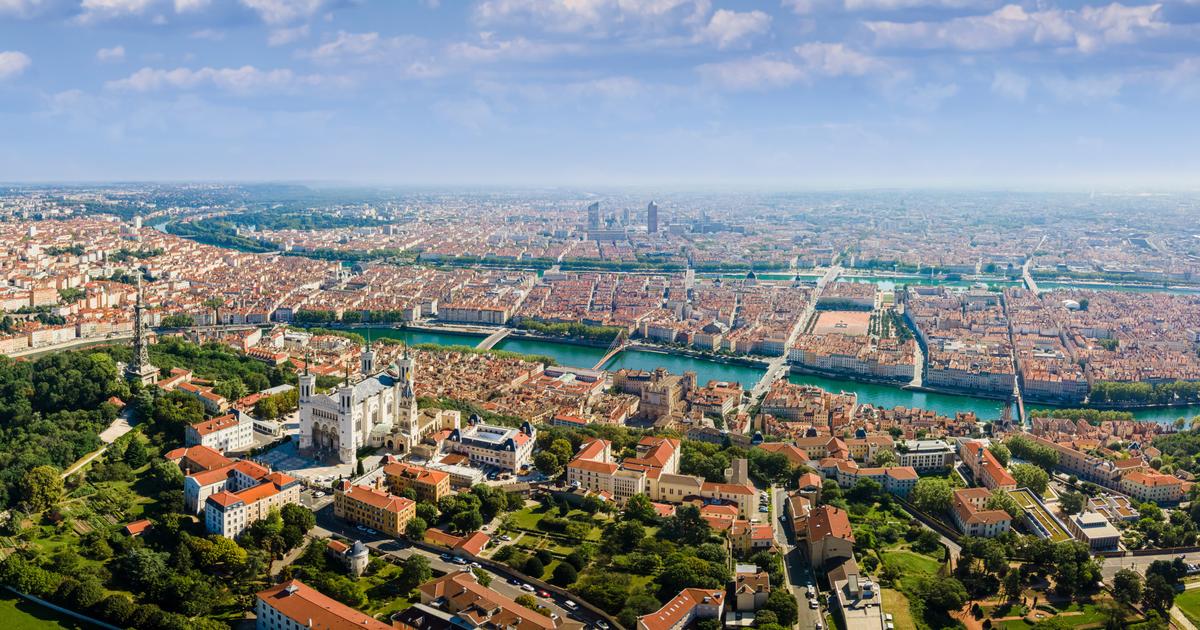
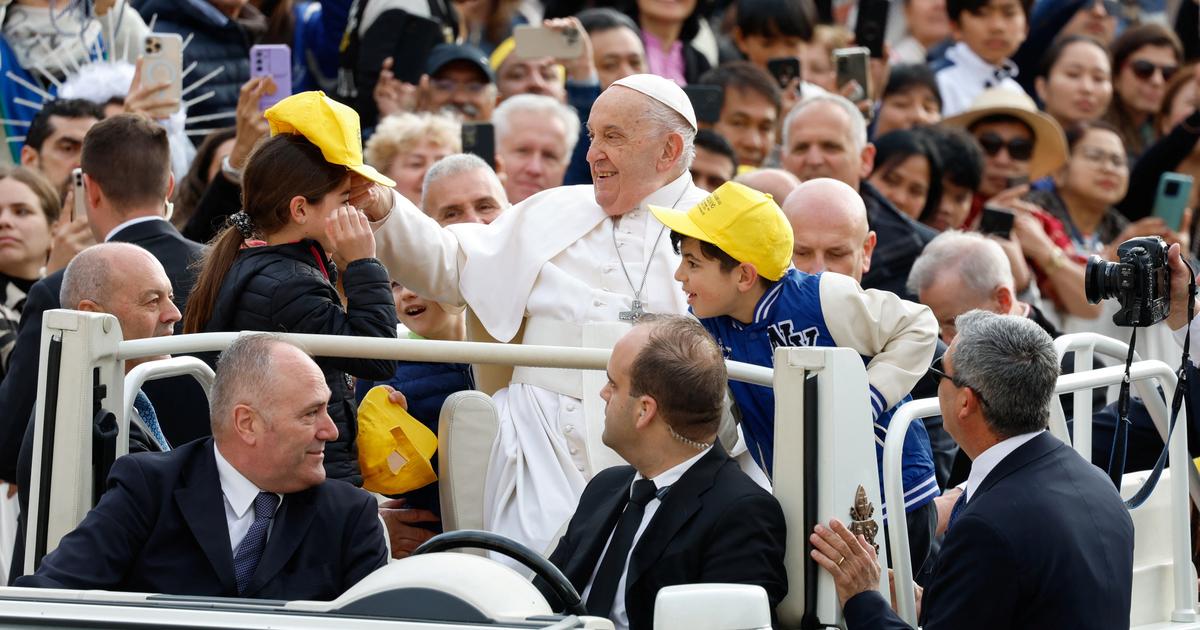
/cloudfront-eu-central-1.images.arcpublishing.com/prisa/N4SFSDTIB5D7TNCYBRHQK3QOOA.jpg)
